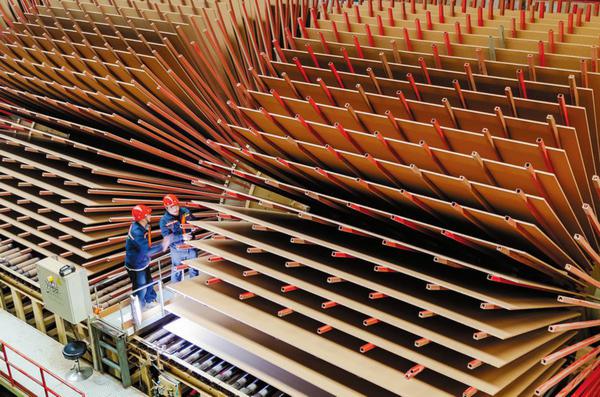Crop straw in many rural areas across China used to be commonly used for cooking or feeding livestock. However, with the decline in rural populations and the increasing prevalence of gas stoves and mechanization in rural China, straw has been become a waste.
 But now, this waste is becoming a valuable resource. Straw remnants have been repurposed into green materials used in the production of furniture.
But now, this waste is becoming a valuable resource. Straw remnants have been repurposed into green materials used in the production of furniture.
At the foot of Shengjing Mountain lie 32 cottages of various shapes and sizes. The builder of the cottages claims all materials used in their construction are “grown from the earth”. The floors of, the structures resembles a three-layer “sandwich”. “These are eco-friendly straw boards, and they are primarily made from agricultural and forestry residues,” said Yang Zhijian, the builder of the cottages. The middle layer is made from tree branches and the outer two are from straw, which works well as natural flame retardant and moisture barrier, he said.
Using straw in board manufacturing is cost-effective and contributes to reduced carbon emissions. On average, the company uses 600,000 to 700,000 metric tons of straw a year. The company can annually reduce equivalent greenhouse gas emissions by 384,700 tons of carbon dioxide.
Previously considered waste, straw was crushed and returned to the field by farmers, it is now recognized for its economic benefits and potential to boost farmers’ income.
You can read the original article at www.ecns.cn
